How to Capture Dynamic Footage with FPV Drones
6 January 2025
FPV drones, or First-Person View drones, have taken the world of videography by storm. Whether you're a professional filmmaker or just a drone enthusiast, you've probably heard about the incredible footage these flying machines can capture. But how do you actually get that jaw-dropping, heart-racing, dynamic footage that makes people say, "Wow!"?
In this guide, I’ll walk you through everything you need to know about capturing dynamic footage with FPV drones. From understanding the basics to advanced techniques, you’ll be ready to take to the skies and create videos that look straight out of a Hollywood action movie.
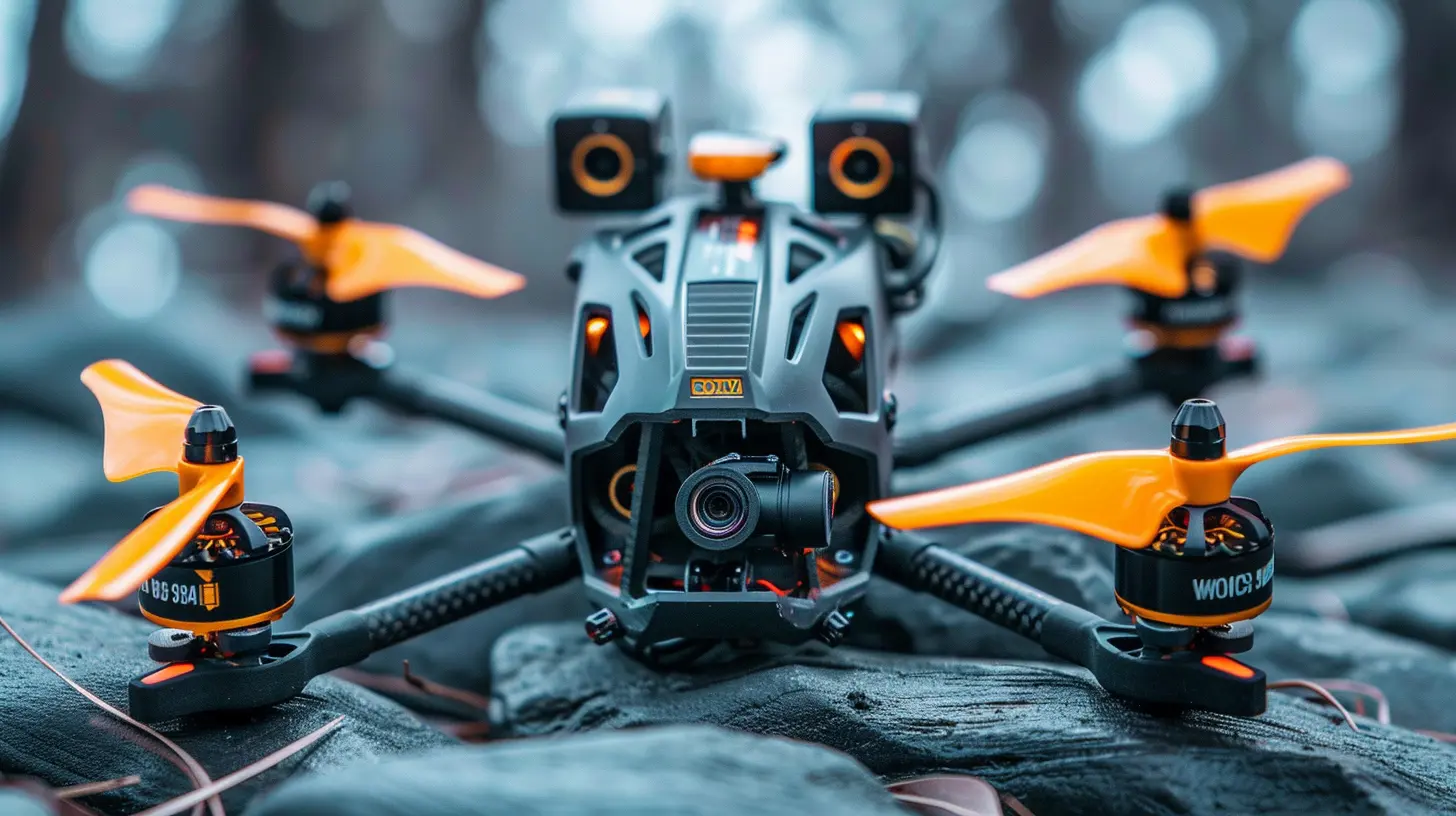
What is an FPV Drone?
Before diving into how to capture dynamic footage, let's start with the basics. FPV drones are unique in that they give you a live video feed directly from the drone’s perspective. Instead of seeing the drone from the ground, you’re essentially sitting in the pilot’s seat as you navigate through the sky.Unlike traditional drones, FPV drones are known for their agility and speed. They allow for immersive flight experiences, tight maneuvering, and the ability to fly in places that would be impossible for larger drones. This makes them perfect for capturing fast-paced, dynamic shots.
Why Use FPV Drones for Dynamic Footage?
FPV drones are like the sports cars of the drone world. They’re fast, nimble, and give you a level of control that other drones just can’t match. If you’ve ever wanted to capture footage that feels like you're racing through the air, weaving through obstacles, or chasing someone down a mountain, FPV drones are the way to go.The dynamic, fast-paced footage they capture is ideal for:
- Action Sports: Think snowboarding, motocross, or skateboarding.
- Cinematic Shots: Flying through tight spaces or following fast-moving subjects.
- Nature Filming: Capturing stunning landscapes from unique angles.
Now that you know why FPV drones are awesome, let’s dive into how to actually capture that dynamic footage.
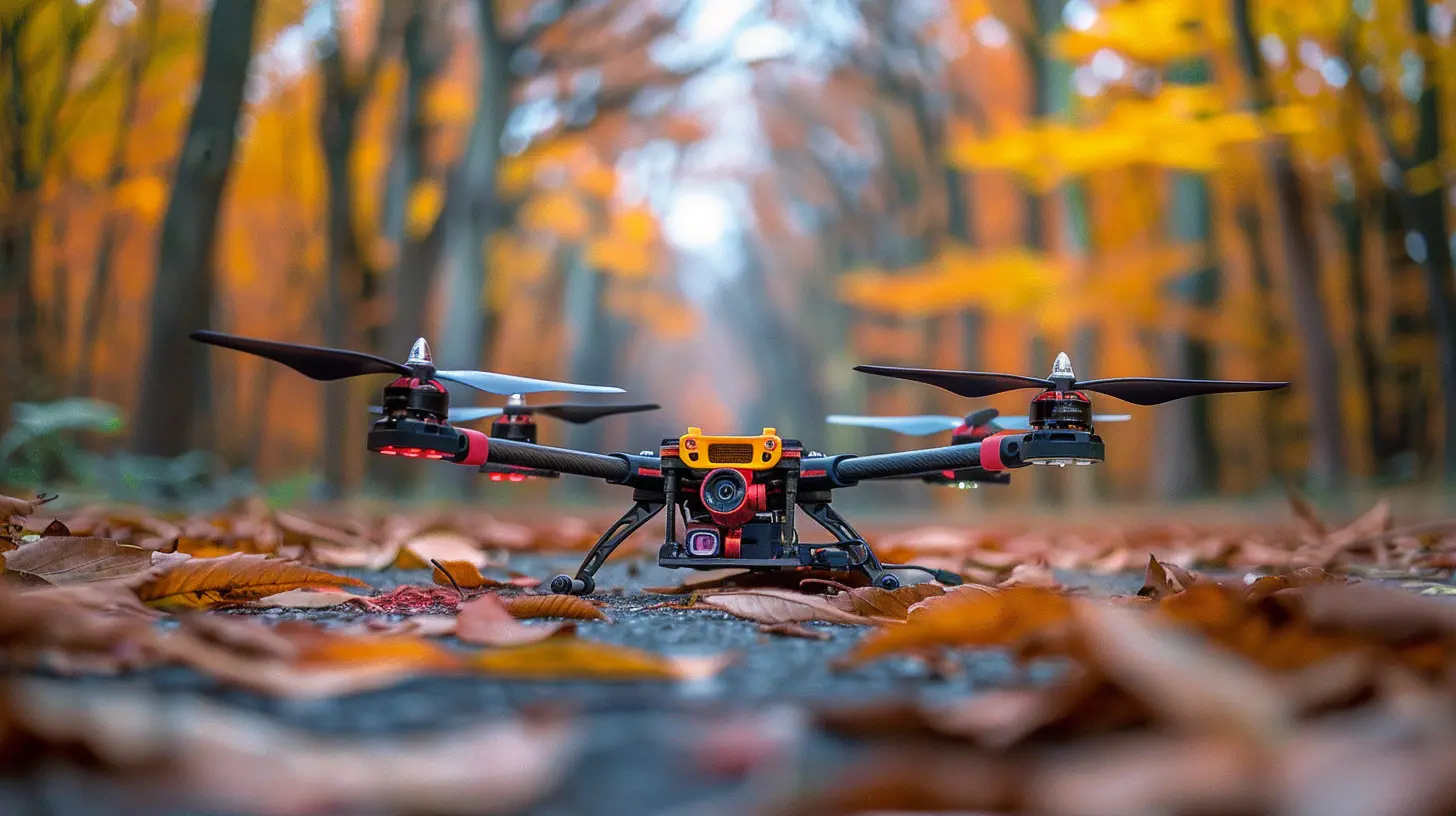
Step-by-Step Guide to Capturing Dynamic Footage with FPV Drones
1. Choose the Right FPV Drone
Not all FPV drones are created equal, and the drone you choose will significantly impact the kind of footage you can capture. The type of drone you want depends on your filming needs. Here are a few things to consider:- Size and Weight: Smaller drones are more agile and can fit into tight spaces, but they might not handle wind as well as larger ones.
- Camera Quality: Some FPV drones come with built-in cameras, while others allow you to attach an external one like a GoPro. Make sure the camera can shoot in high resolution (at least 1080p, but 4K is preferable).
- Battery Life: Dynamic shots often require several takes, so having a drone with good battery life is essential.
Tip: Check out drones like DJI FPV or custom-built FPV drones, which offer great balance between performance and camera quality.
2. Master Your Flying Skills
Before you can capture epic footage, you need to be comfortable flying your FPV drone. Unlike flying a regular drone, FPV flying can be tricky because you’re navigating from the drone’s perspective, and it’s much faster. Here’s how to master your flying skills:- Practice in a Simulator: Many FPV drone pilots use simulators like Liftoff or Velocidrone to practice their flying. Simulators offer a risk-free way to crash and learn the controls.
- Start Slow: Begin by flying in open areas with minimal obstacles. As you get more comfortable, start adding in challenges like flying through gates or following moving objects.
- Understand Your Controls: FPV drones have a steeper learning curve because they usually come with manual modes like Acro Mode that require more skill to control. Get familiar with throttle management and how to use the yaw, pitch, and roll to navigate.
3. Plan Your Shots Ahead of Time
Dynamic shots don’t happen by accident—they’re planned. Before you even take off, visualize the shots you want to capture. Ask yourself:- What’s the subject of the shot? Whether it’s a snowboarder carving down a slope or a car speeding through the desert, make sure you know what your focus is.
- What’s the path of the drone? Will you be flying straight, weaving through obstacles, or circling around the subject?
- What’s the angle? FPV drones allow for unique angles that traditional drones can’t capture. Experiment with low-to-the-ground shots, overhead views, or even flipping upside down for a dramatic effect.
Pro Tip: Use wide-open spaces with natural obstacles like trees, rocks, or buildings to create depth and movement in your shots. This adds layers and makes the footage feel more dynamic.
4. Use the Right Camera Settings
To capture stunning footage, you need to dial in the right camera settings. Here’s a quick rundown of what to focus on:- Frame Rate: For dynamic action shots, you’ll want to shoot at a higher frame rate. 60fps is a great starting point, but if you want to slow down the footage for dramatic effect, go for 120fps or higher.
- Resolution: Always shoot in the highest resolution possible. 4K is ideal for capturing crisp, detailed footage.
- Shutter Speed: A good rule of thumb is to set your shutter speed at double your frame rate. So, if you’re shooting at 60fps, set your shutter speed to 1/120s.
- ISO: Keep your ISO as low as possible to avoid grainy footage. FPV drones often film in bright outdoor conditions, so this shouldn’t be an issue.
- ND Filters: If you’re shooting in bright sunlight, consider using neutral density (ND) filters to reduce the amount of light hitting your camera’s sensor. This allows you to keep your shutter speed at the right level without overexposing the shot.
5. Nail the Flying Techniques
Capturing dynamic footage with FPV drones is all about how you fly. Here are some techniques to get those adrenaline-pumping shots:Dive Bombing
This involves starting from a high altitude and rapidly descending toward your subject. It creates a thrilling, gravity-defying effect. Use this when filming tall structures or cliffs.Chasing
One of the most popular FPV shots is chasing a moving subject. This could be a car, bike, or even a person. The key here is to match the speed of your subject while staying close enough to capture the action, but not so close that you risk a crash.Orbiting
Flying in a circle around your subject creates a mesmerizing effect. It’s great for emphasizing a central object or person and adds a cinematic touch to your footage.Fly-throughs
Want to show off your piloting skills? Fly your drone through tight spaces like doorways, under bridges, or between trees. This creates an immersive experience for the viewer and makes them feel like they’re part of the action.Roll and Flip
Adding barrel rolls or flips to your footage can turn an ordinary shot into something extraordinary. Just make sure you don’t overdo it—too many flips can make the viewer dizzy!6. Edit for Maximum Impact
Once you’ve captured your footage, the magic doesn’t stop. Post-production is where you can really enhance the dynamic feel of your shots. Here’s what to focus on:- Color Grading: Adjust the colors to give your footage a cinematic look. Play around with contrast, saturation, and shadows to create mood and atmosphere.
- Stabilization: Even though FPV drones allow for smooth flying, your footage might still have some bumps. Use stabilization tools in editing software like Adobe Premiere Pro or Final Cut Pro to smooth everything out.
- Slow Motion: Slowing down your footage can add drama, especially if you were shooting at a high frame rate. Use slow motion sparingly to emphasize key moments.
- Music and Sound Effects: Dynamic footage deserves a killer soundtrack. Choose music that matches the energy of your shots, and don’t forget to add sound effects like wind rushing or engines roaring for an extra layer of immersion.
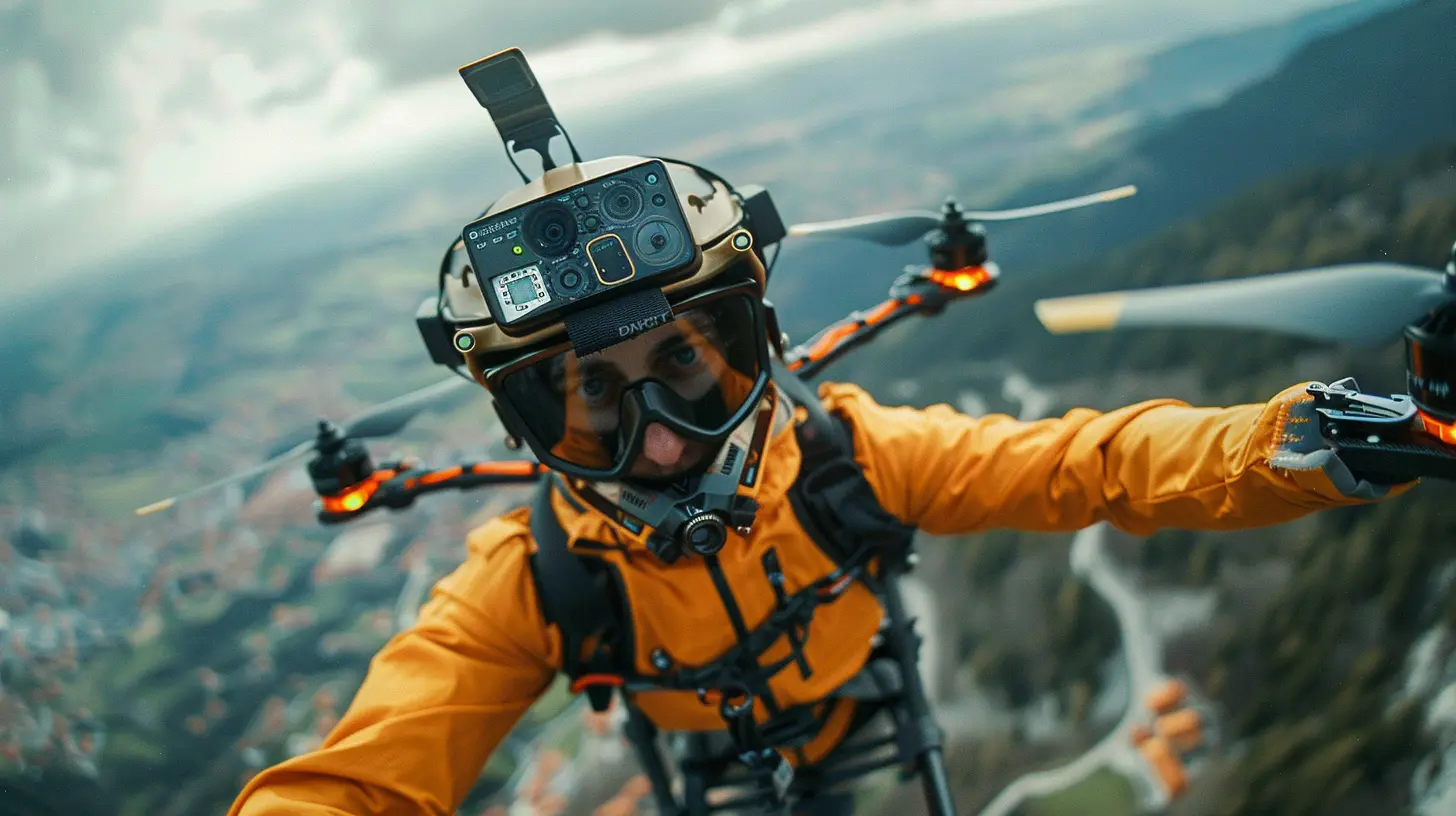
Common Mistakes to Avoid
FPV drone flying and filming isn’t without its challenges. Here are some common mistakes and how to avoid them:- Flying too fast: It’s tempting to push your drone to its limits, but flying too fast can make your footage hard to follow. Slow down when necessary to keep the action clear.
- Overcomplicating shots: Sometimes simpler is better. Don’t feel like you need to throw in a flip or a roll just for the sake of it. Focus on capturing smooth, clean footage.
- Not practicing enough: FPV flying is a skill that takes time to master. Don’t expect to get perfect shots right out of the gate. Keep practicing and refining your technique.
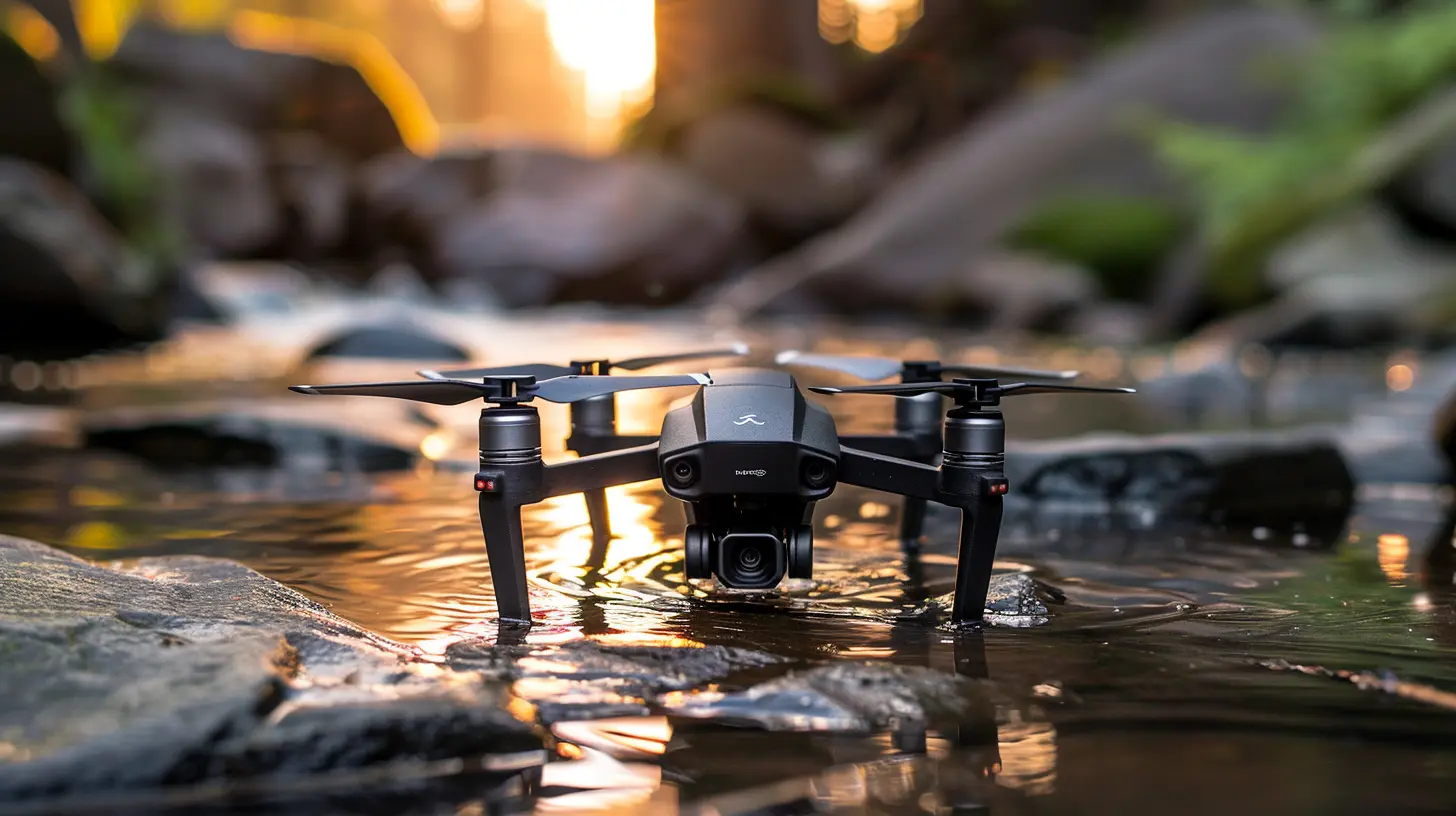
Final Thoughts
Capturing dynamic footage with FPV drones is both an art and a science. It takes practice, patience, and a bit of creativity. But once you get the hang of it, you’ll be able to film stunning, adrenaline-fueled shots that leave your viewers in awe.So, grab your drone, hit the skies, and start capturing those epic moments. Remember—practice makes perfect, and the more you fly, the better your footage will be.
all images in this post were generated using AI tools
Category:
DronesAuthor:

Adeline Taylor
Discussion
rate this article
18 comments
Greta McVicar
Essential tips for stunning FPV shots!
April 1, 2025 at 8:37 PM

Adeline Taylor
Thanks for your interest! Check out our tips on angles, lighting, and smooth flying techniques to elevate your FPV shots.
Drake Johnson
This article effectively highlights the nuances of capturing dynamic footage with FPV drones. However, it could benefit from deeper insights into real-world applications and challenges faced by pilots, such as environmental factors and technical limitations, to provide a more comprehensive understanding for aspiring drone enthusiasts.
February 28, 2025 at 12:27 PM

Adeline Taylor
Thank you for your feedback! I appreciate your suggestion to explore real-world applications and challenges in future articles. I’ll definitely consider including deeper insights on those topics.
Anabella Turner
Fly, film, flail, repeat!
February 16, 2025 at 4:49 AM

Adeline Taylor
Thanks for the catchy summary! Embracing that cycle is key to mastering dynamic FPV footage. 🎥✨
Savannah Sweeney
What techniques can enhance the fluidity of FPV drone footage in challenging environments?
February 2, 2025 at 7:28 PM

Adeline Taylor
Using techniques like smooth gimbal adjustments, minimizing abrupt movements, maintaining a steady speed, and practicing panning shots can significantly enhance fluidity in FPV drone footage, especially in challenging environments.
Juliana McQuiston
Great article! The tips on camera settings and flight techniques for capturing dynamic FPV footage are invaluable. Can't wait to try these methods in my next drone adventure!
January 27, 2025 at 9:03 PM

Adeline Taylor
Thank you! I'm glad you found the tips helpful. Have a fantastic time on your next drone adventure!
Sierra Fry
Great article! Your tips on capturing dynamic footage with FPV drones are incredibly helpful for both beginners and experienced pilots. Looking forward to trying out the techniques you suggested. Keep up the fantastic work in sharing insightful content!
January 20, 2025 at 1:18 PM

Adeline Taylor
Thank you so much for your kind words! I'm glad you found the tips helpful. Happy flying and capturing amazing footage!
Davina McDonough
Great read! Capturing dynamic footage with FPV drones requires skillful maneuvering and an understanding of camera settings. The tips on planning your shots and mastering flight techniques are particularly helpful. I’m excited to try these techniques and elevate my drone videography to the next level!
January 17, 2025 at 12:04 PM

Adeline Taylor
Thank you! I'm glad you found the tips helpful. Excited to see how you elevate your drone videography! Happy flying!
Fatima Conrad
Great insights! Utilizing FPV drones transforms dynamic footage, offering unique perspectives and enhancing storytelling in videography.
January 17, 2025 at 4:47 AM

Adeline Taylor
Thank you! I'm glad you found the insights valuable. FPV drones truly elevate storytelling in videography!
Galina McCarthy
“FPV drones: because walking is overrated and who doesn’t want a view from above?”
January 15, 2025 at 7:34 PM

Adeline Taylor
Absolutely! FPV drones offer a unique perspective that enhances storytelling and captures stunning visuals that walking simply can't match.
Zevros Sawyer
FPV drones: where the sky’s the limit and your imagination takes flight! Prepare for cinematic adventures that defy gravity!
January 15, 2025 at 1:22 PM

Adeline Taylor
Absolutely! FPV drones open up endless creative possibilities for capturing stunning, dynamic footage from unique perspectives. Let your imagination soar!
Sawyer Alexander
Ready to take your filming to new heights? Just remember, if your drone starts doing loops, it’s not showing off – it’s just auditioning for a new career in gymnastics!
January 14, 2025 at 11:31 AM

Adeline Taylor
Haha, great point! Keeping control is key to capturing those stunning shots without any aerial acrobatics!
Zevonis Walker
This article effectively highlights the nuances of capturing dynamic footage with FPV drones, yet it could benefit from deeper exploration of post-processing techniques, as well as tips for maximizing creative expression during actual flights.
January 13, 2025 at 7:46 PM

Adeline Taylor
Thank you for your feedback! I appreciate your suggestions and will consider incorporating more on post-processing and creative flight tips in future updates.
Dahlia Clark
Great tips for beginners!
January 12, 2025 at 8:06 PM

Adeline Taylor
Thank you! I'm glad you found the tips helpful!
Azura McCollum
Great insights on FPV drone techniques! The tips on camera settings and maneuvering will definitely help both beginners and pros enhance their dynamic footage.
January 10, 2025 at 9:22 PM

Adeline Taylor
Thank you! I'm glad you found the tips helpful for both beginners and pros. Happy flying!
Rivera Mason
This article provides a solid overview of capturing dynamic footage with FPV drones. The tips are practical and concise, making it easier for beginners to understand the techniques. Including more examples or video references could enhance the learning experience even further. Great job overall!
January 9, 2025 at 8:52 PM

Adeline Taylor
Thank you for your feedback! I'm glad you found the tips helpful. I appreciate your suggestion regarding examples and video references, and I'll consider adding those in future updates.
Sylas Newman
Absolutely loved this article! FPV drones open up a whole new world for capturing stunning footage. The tips are super helpful and easy to follow. Can’t wait to take my flying skills to the next level! Happy flying! 🎉✨
January 7, 2025 at 11:58 AM

Adeline Taylor
Thank you! I'm glad you found the tips helpful. Happy flying and enjoy capturing amazing footage with your FPV drone! 🚀
Cooper Blair
Unlock the sky with FPV drones! Embrace the thrill of capturing breathtaking dynamic footage. Dive into creativity, push boundaries, and let every flight tell a story that inspires others!
January 6, 2025 at 10:02 PM

Adeline Taylor
Thank you for your enthusiasm! FPV drones truly open up a world of creativity and storytelling. Excited to share tips on capturing those breathtaking moments!
Daniel Russell
FPV drones: where your wildest aerial dreams meet the thrill of real-time adventure. Fly smart!
January 6, 2025 at 11:32 AM

Adeline Taylor
Absolutely! FPV drones truly elevate the experience, allowing for breathtaking, immersive footage that captures the essence of adventure. Happy flying!
MORE POSTS

Podcasting Made Easy with These Content Creation Platforms

Data Privacy in the Age of 5G: What You Need to Be Aware Of
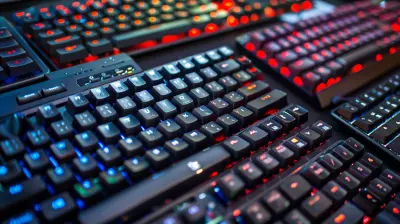
Maximizing Productivity with Wireless Keyboards: A Comprehensive Guide

How Machine Learning is Revolutionizing eCommerce Personalization
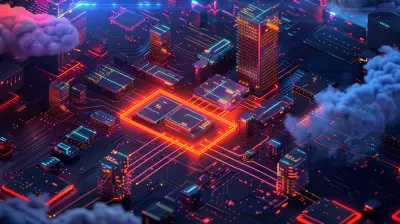
Serverless Architecture: The Future of Scalable Applications
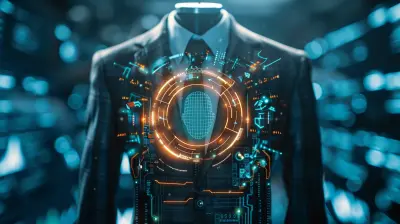
AI and Smart Clothing: Where Fashion Meets Technology

Free vs Paid Content Creation Tools: What’s Worth the Investment?
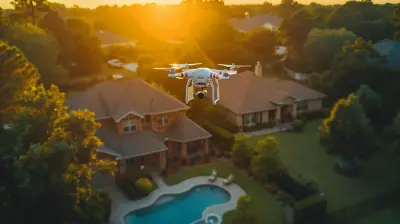
The Impact of Drones on Real Estate Marketing
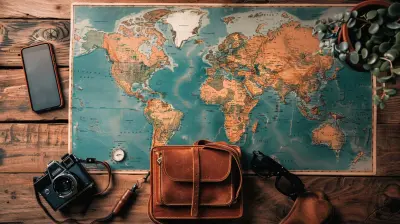
What to Look for in a Travel-Friendly Portable Monitor

Exploring the Role of Machine Learning in Healthcare Innovation

The Future of Programming: Quantum Computing